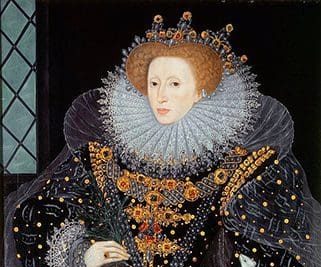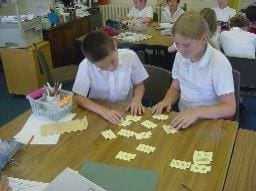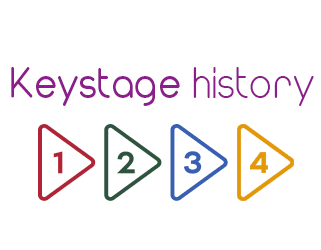
New brilliantly differentiated lesson on Tudor theatre for KS2: 5 great differentiation strategies that don’t need masses of prep. You can see the full details of the lesson on the site soon. Subscribers can email for early sight of the completed draft while we clear copyright. |The lesson uses a technique called Prove it!
Pupils are given between 8 and 12 statements made by textbooks on Tudor life. They are also shown 9 images and short written account often used as illustrations in textbooks, pinned around the room as if an art gallery. What pupils have to do it is to work out which source(s) backs up each statement.
So where is the high-quality differentiation?
1.Low attaining pupils are not over-faced with too many statements to start with. They are given 8 rather than 10 but they still have access to all the images. They can add the 4 extra statements when they are ready.
2.By working in pairs lower-attaining pupils feel more relaxed and confident.
3.The statements are stepped so that there is a gently incline of difficulty. This helps lower-attainers gain confidence that they can achieve on the task and makes the next steps of progress manageable. The later statements require inference.
4.For high attainers, it is suggested that they start the task working from statement 12 down to statement 1. In that way they jump into the deep end and are challenged with high-level thinking demands from the start and don’t waste valuable time on simple tasks they can already do.
5.To add additional challenge pupils record their answers in 2 columns. The first asks them simply to list the sources which support the statement, encouraging them to look for more than one. More able pupils are further challenged to select the best source and then those than could be used but are slightly flawed. This encourages them to think about utility of sources.







